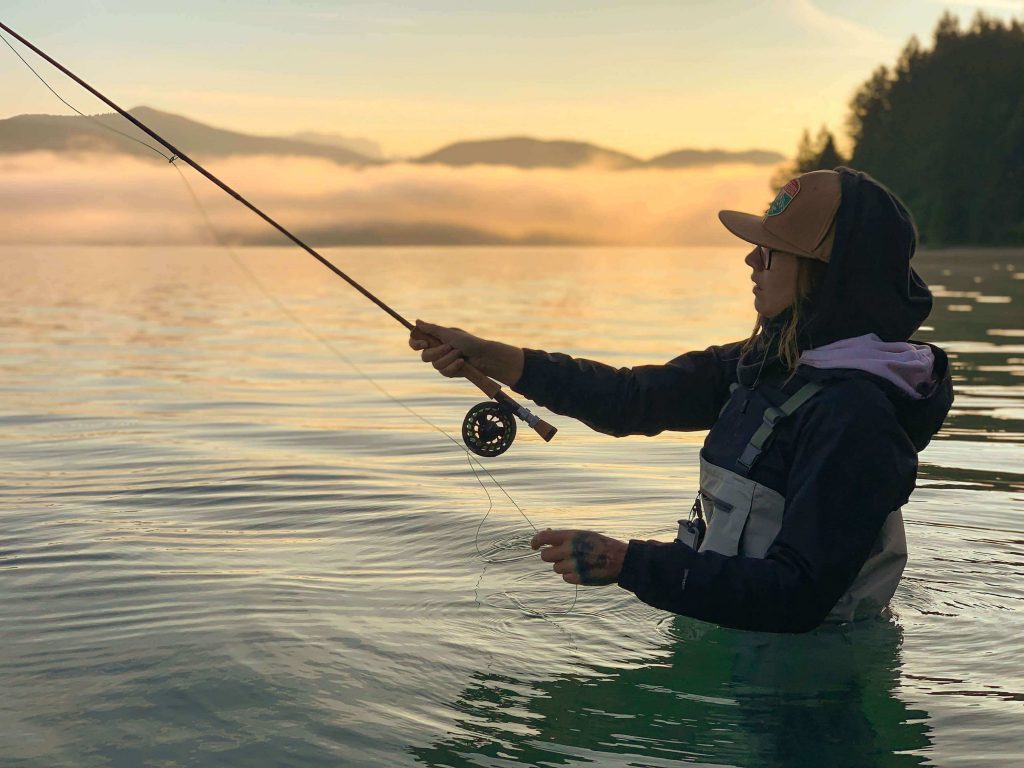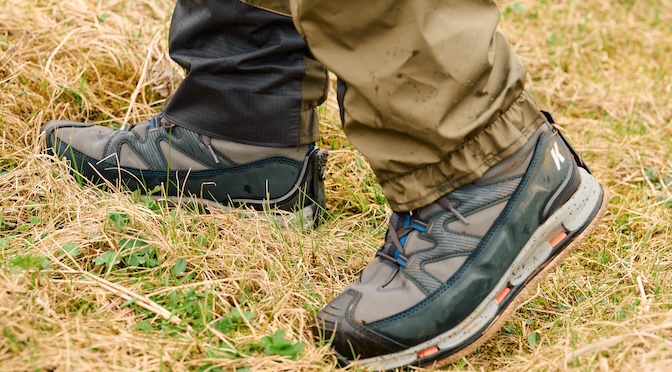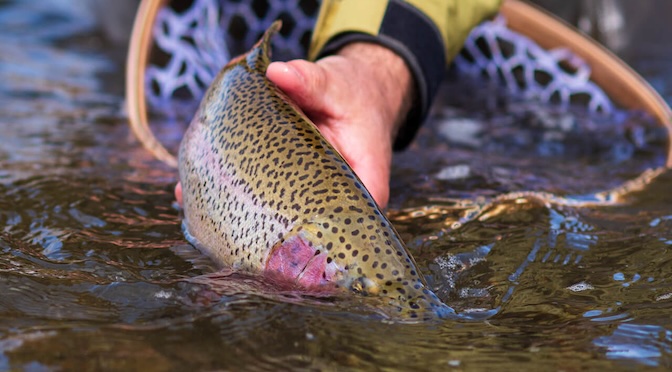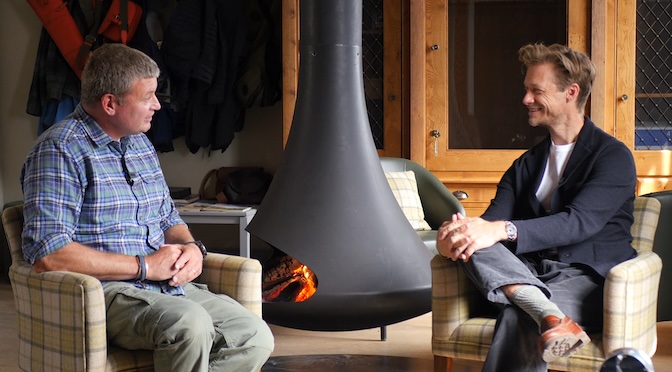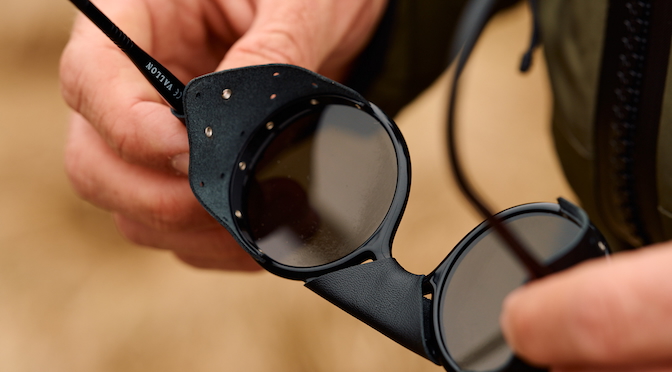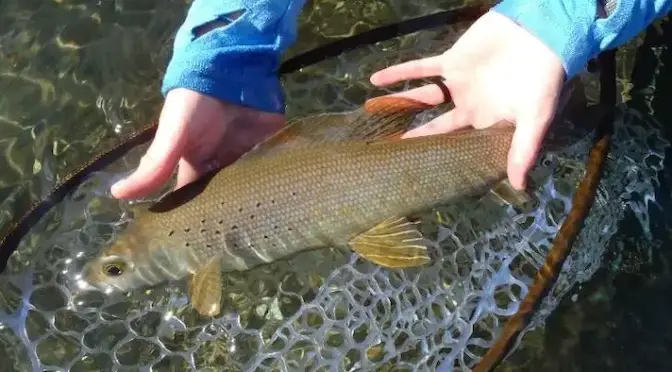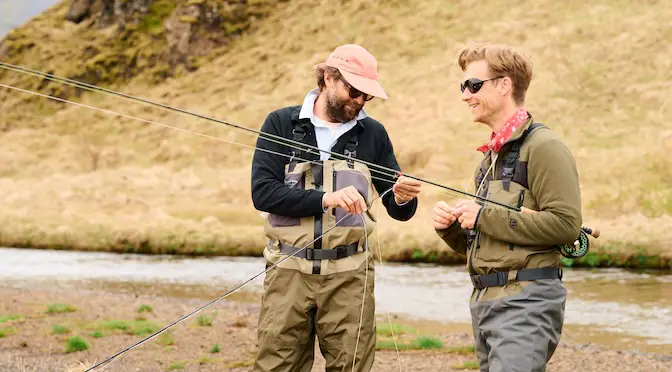Last updated on September 30th, 2022.
Is there anything more frustrating and fascinating at the same time than trying to catch a lake trout at my home water? I doubt it…
You can spend days of fishing without even seeing a single fish. The lake trout (Salmo trutta lacustris) populates the deep lakes of the Northern Alps region of Switzerland, Germany and Austria. In its looks the Salmo trutta lacustris is different than the lake trout of North America (Salvelinus namaycush). In its purest form it is a silvery trout with black dots often in the shape of an x. At my home water, the Walchensee in Bavaria, Germany, it rather resembles an Atlantic salmon than a North American lake trout (Salvelinus namaycush). At least that’s what it used to be.
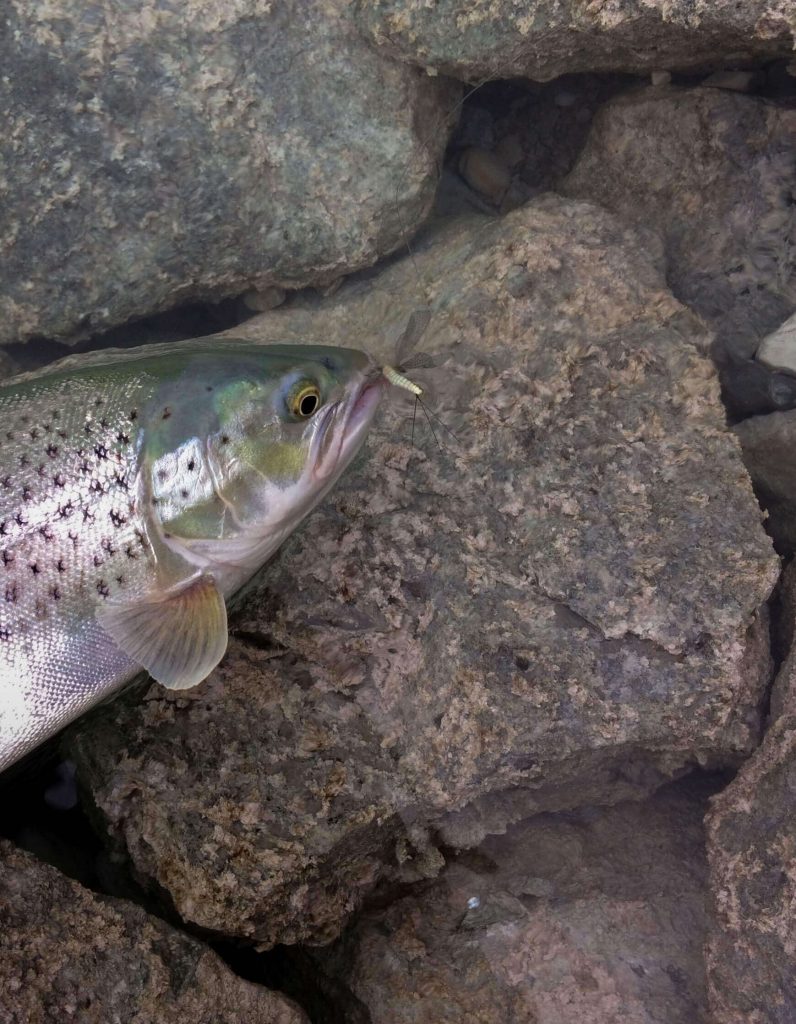
Unfortunately the purity of the species has deteriorated in recent years due to stocking programs. Another problem the lake trout face is the destruction of spawning grounds. This year I only saw one couple spawning in their natural habitat, a small stream feeding into the lake. In the meantime perch and pike have become endemic in a water that was originally a pristine salmonid water.
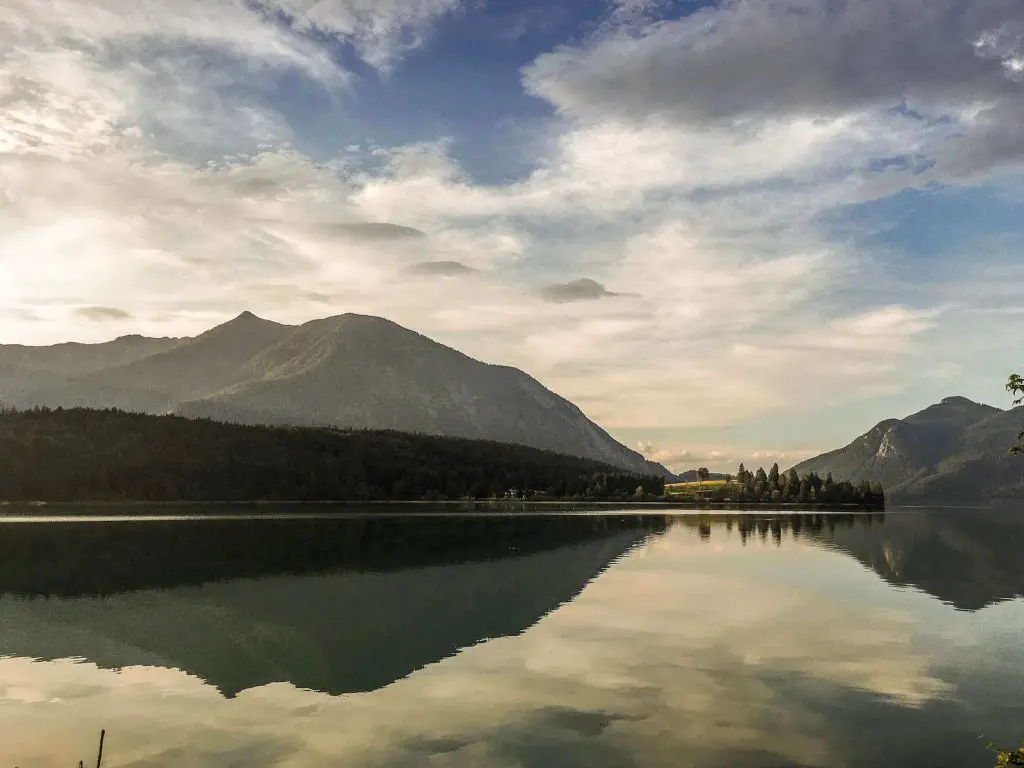
The Thrill of Fishing Lake Trout
Despite the difficulties the species is facing I am still fascinated to catch them. Like the sea trout, the lake trout is the fish of a thousand casts. You’ll hook into one when you’re least expecting it. It’s not the common spotting, casting, catching – it’s more like try and error. They are smart and they see you.
This season the first lake trout I caught was a „drive-by“ at the beginning of March. A small street leads around the Walchensee and sometimes you can see a lake trout rise. You jump out of the car, prepare your rod and most of the time you don’t catch anything. But this time it took just one cast, a black „Bibio“ and the beauty was hooked. I reckon it was due to an unusually warm winter. The juvenile lake trout was hoping for a quick snack.
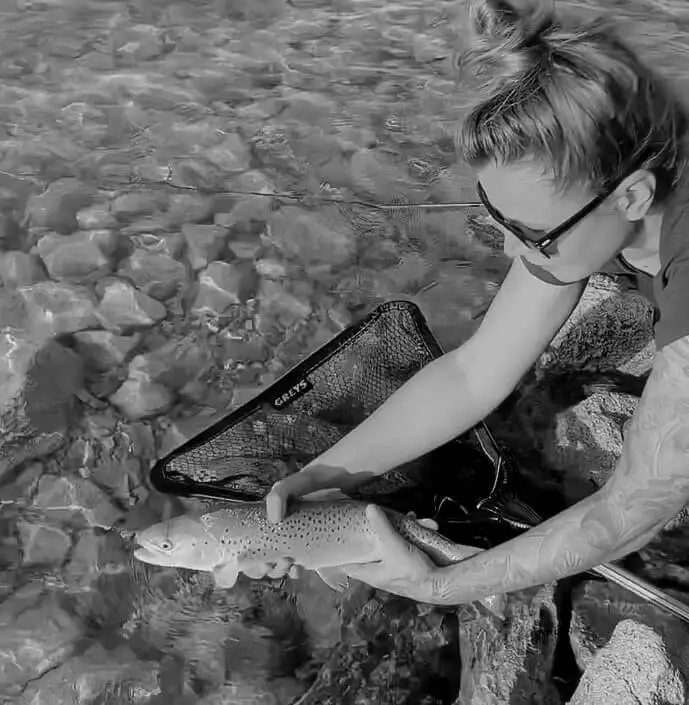
Catching a lake trout of more than 20″ (50cm) on the fly is almost a mission impossible. But when you’re at the right place at the right time, anything can happen. The season to fish for lake trout in Bavaria starts on March 1 and lasts until September 30. The high time are definitely the early months of March and April. There is a saying around here that the best season to catch a lake trout is when the surrounding mountains are still snow capped.
The Best is yet to Come
In early March any kind of streamers and nymphs will do their job. The “Woolly Bugger” in all shades and colors is always a good choice. As mentioned before, it’s a constant try and error. The retrieve is crucial and the behavior of the trout seems to change from year to year in my eyes. This year steady and quick stripping worked for me. Last year – probably due to a long, heavy and cold winter – slow and long strips were the weapon of choice. Nymphs didn’t work at all.
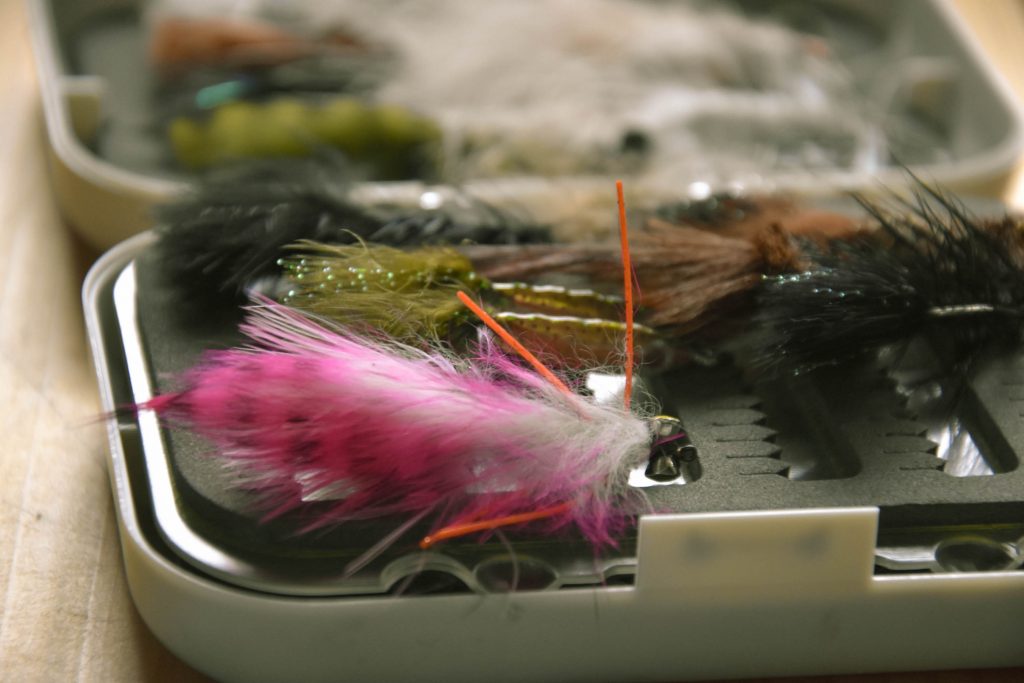
I like experimenting with streamers. Besides the classic “Woolly Bugger” a white and pink “Zonky” works as well. Sometimes the flies you’d expect the least get the result you want. In May a tadpole streamer brings a welcome change and is not less catchy. There is no standard fly to get them hooked, it’s the right time and place that must perfectly coincide.
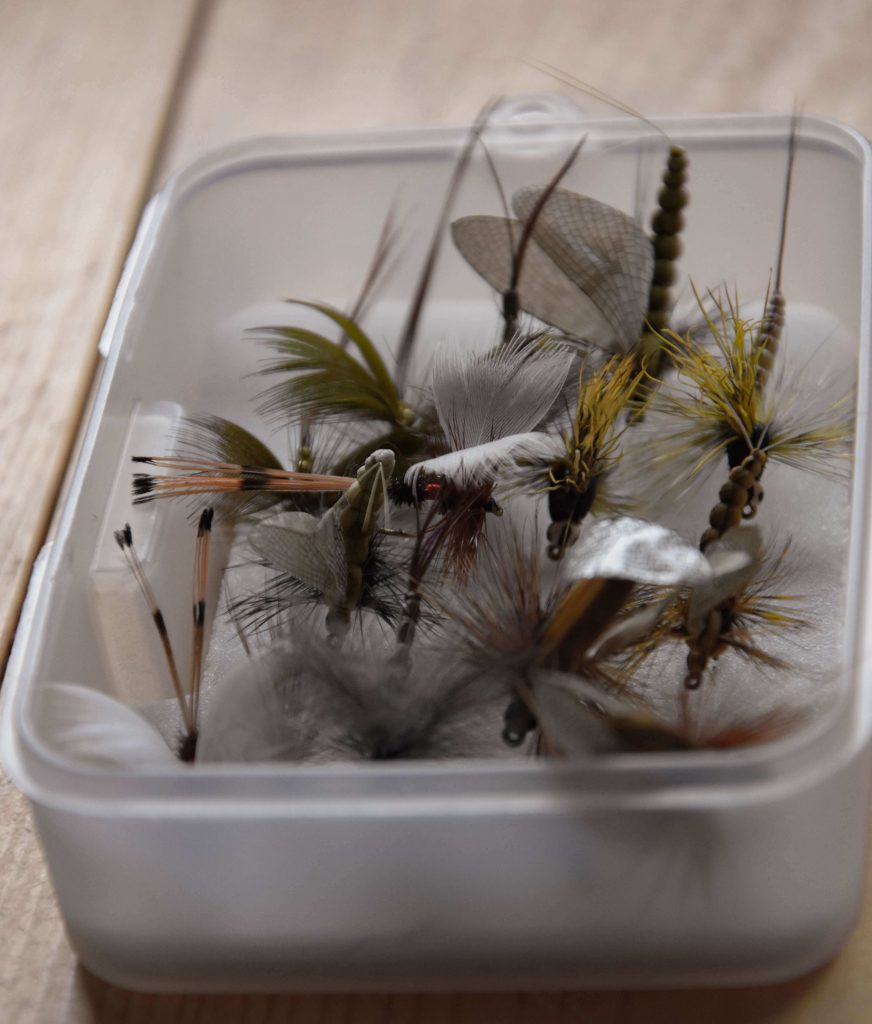
Mayfly Madness
The new cycle of life of a Mayfly usually starts at the end of May or beginning of June. When the first Mayflies show up as emergers, followed by duns, spotting some fish gets a lot easier. They tend to rise and graze the surface for the big flies. I’ve learned that your (dry) fly doesn’t have to look 100% real. In my eyes it is much more important that the silhouette and size are similar to the current stadium of the insects appearing. Patience is key. Just before sunset is always a good time. Be silent, don’t move and just let your fly float between its natural „competitors“.
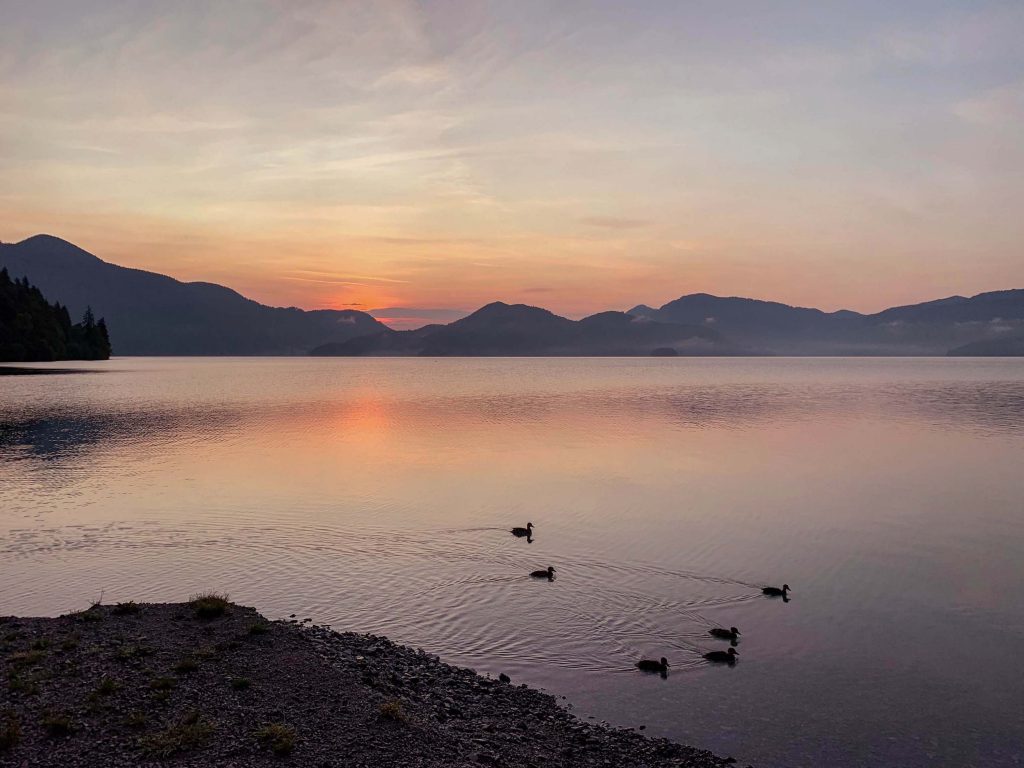
There are times when fish are grazing the surface but still won’t take any of your offered dry flies. That’s when you need to imitate the really small ones in the surface film. Size 14 or even better 16, in natural and dark colors.
During summer time the bigger and more bulky flies make their appearance. But especially on hot days – when only the early mornings and late evenings are promising – the dark flies with a high contrast will be the catchiest.
I am aware that my learnings might not hold true for other fly fishermen and women looking for lake trout. For me the beauty of targeting a lake trout on the fly is that you can never take a catch for granted. When you finally hook a fish, no matter the size, it is something really special because you had to work so hard for it. The path of trial and tribulation of getting there makes every success an extraordinary experience. Those are life’s little pleasures.
